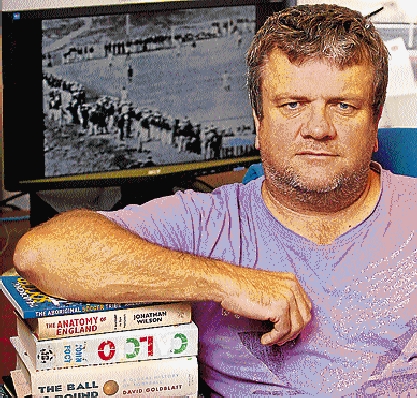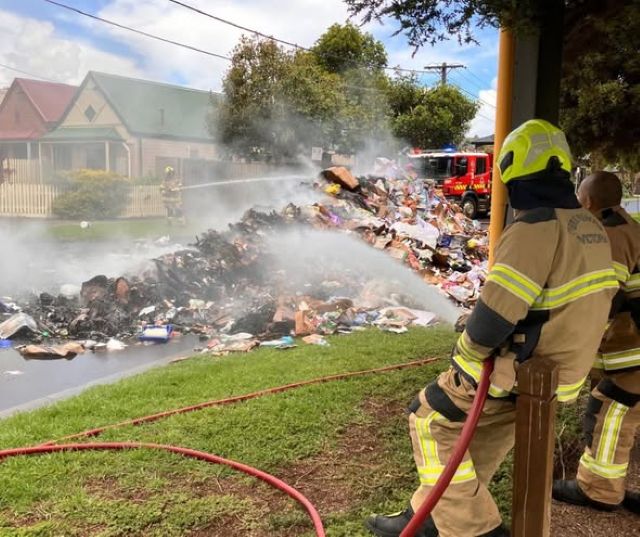A MINOR detail buried in a long-defunct country newspaper and discovered by a western suburbs-based researcher has opened a window to a little-known part of Australian sporting history and its connection to the Anzac story.
The Euroa Advertiser of July 1916 reported an order from Australian troops in Cairo, Egypt, to “send immediately … 50 sets of cricket material, 50 soccer footballs, 50 association [Australian rules] footballs”.
Soccer balls? For Australians?
Popular sporting mythology says that soccer is a relative newcomer, a foreign interloper that disembarked in our ports with the mass European migration following World WarII.
In fact, soccer has been played formally since a meeting in March 1883 led to the formation of five clubs, including one in Williamstown, which began competition in 1884.
According to research by Victoria University writing and literary studies senior lecturer Dr Ian Syson, soccer was not only played in Australia in healthy numbers; its players were among those of other codes who were among more than 60,000 Australian servicemen and women killed and 156,000 wounded during World
War I.
“The game prior to the First World War was incredibly strong,” Dr Syson said. “In every city, the game is there and I think it’s because you’ve got a lot of British migration. After the war, the game suffers … then you have another period of migration in the 1920s and it’s strong again, then you see the rise of ‘soccer phobia’ and moral panic with some saying, ‘it’ll ruin us and destroy our social fabric, this foreign game’.
“The Depression comes, as does the Second World War and it’s not until after a wave of European migration that it really kicks off again.”
There are images of a soccer game being played at Gallipoli; a “soccer Ashes” played between the wars by Australian and New Zealand teams with the ashes from cigars smoked by team captains in 1923 placed in a silver razor case that had been carried ashore during the Gallipoli invasion.
Photos held by the Australian War Memorial depict medals being handed to the victors of the 35th Battalion’s inter-company soccer competition played at Merelessart Chateau, France.
By 1916, competition in Melbourne was suspended and when it reconvened in 1919, The Argus reported that 90percent of players with the British Association had enlisted for service.
In 1927, Moonee Ponds United played in a charity match at Moonee Valley racecourse. It was organised by the Metropolitan and District Soccer Association for the Anzac appeal.
“What the story does is raise a question: how can a game that’s painted as foreign and ‘other’ have been as central as it was in many parts of Australia?” Dr Syson said.
“Trying to resolve that contradiction is an ongoing problem because we still have soccer seen as a ‘new game’.”
Read Dr Syson’s work in full at http://neososmos.blogspot.com.au/2012/04/soccer-and-anzac.html







